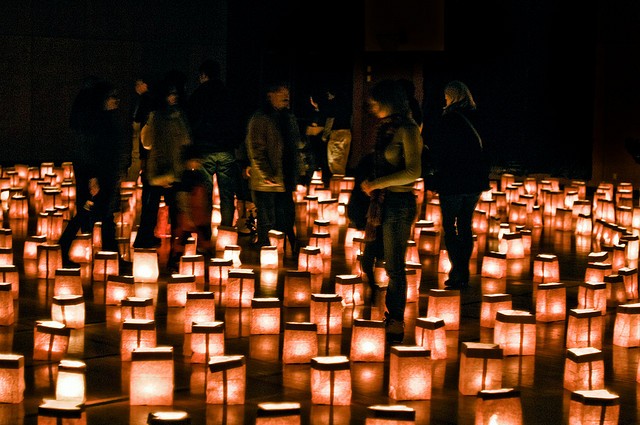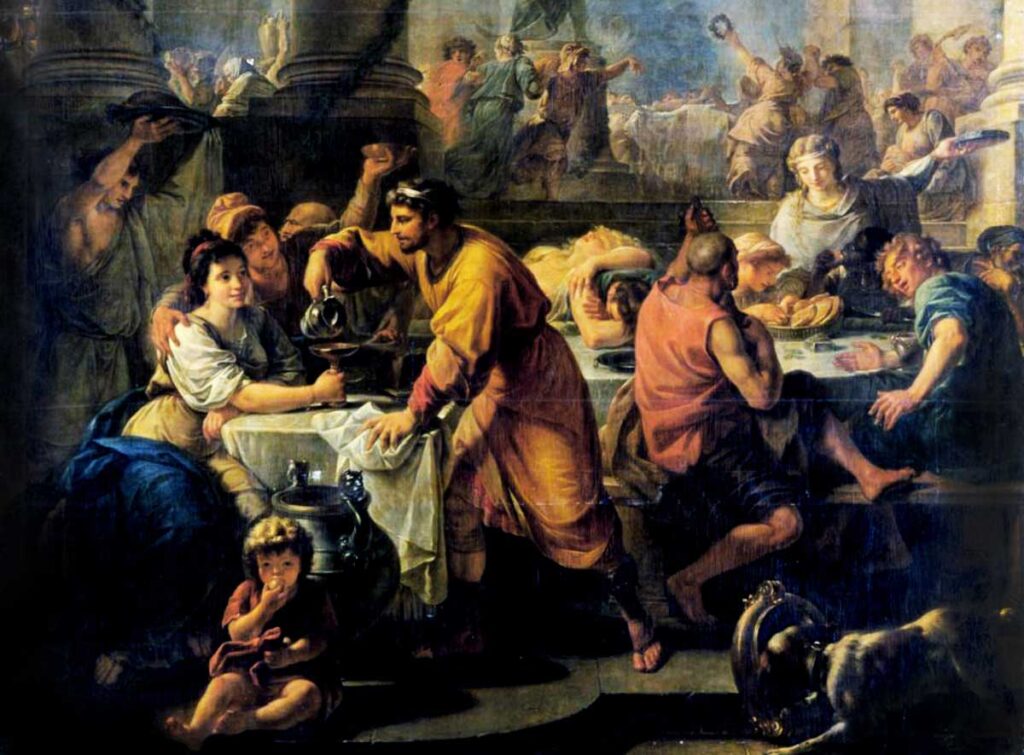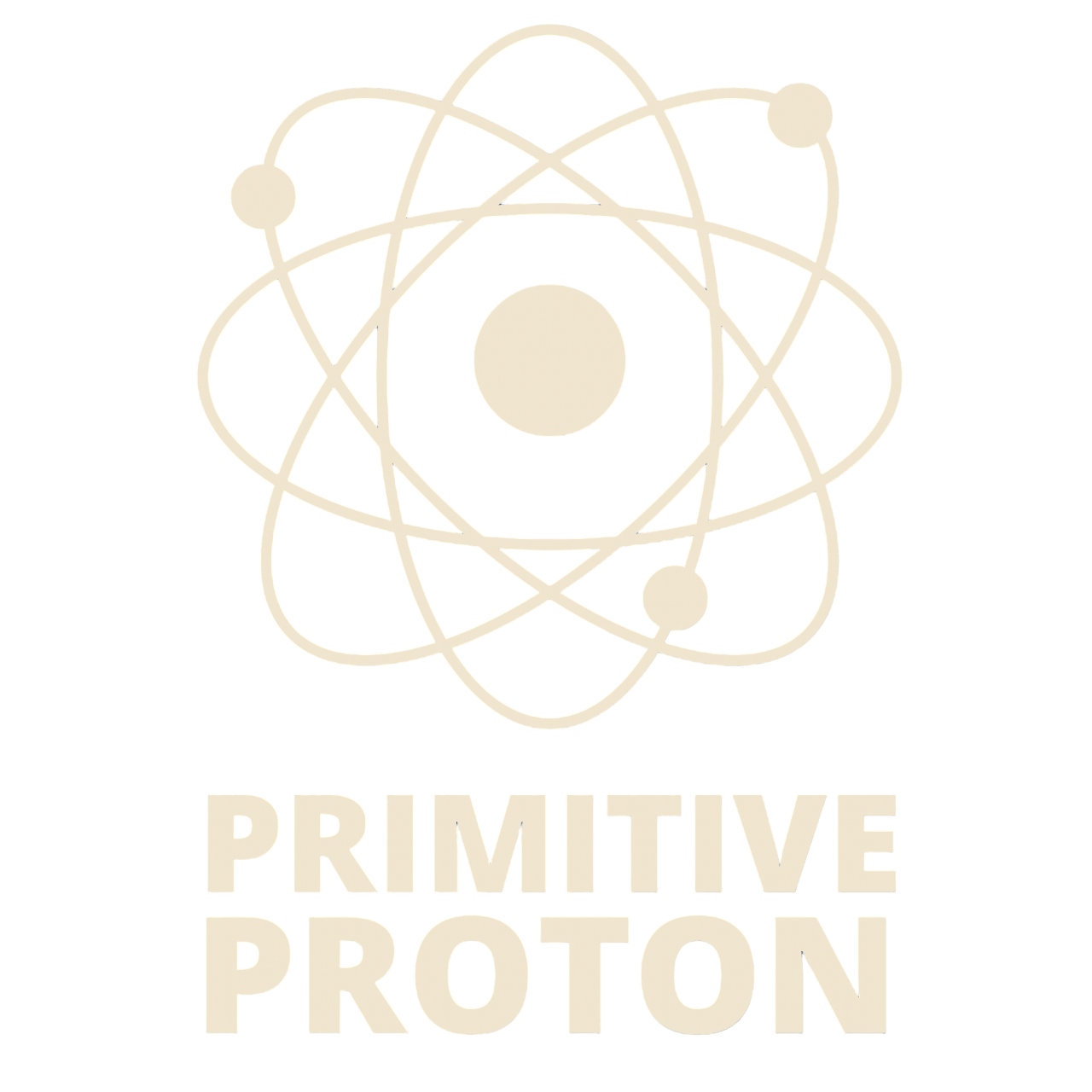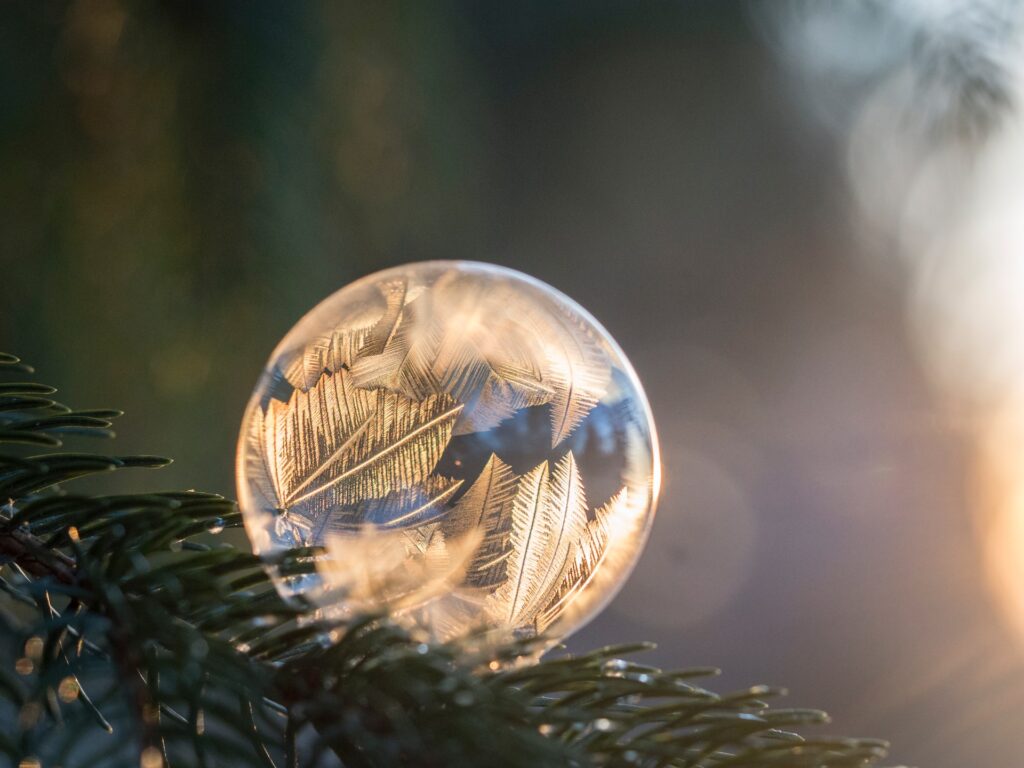This article was revised on 20th December 2022.
It’s not been many months since the Autumn Equinox. Our planet had started to appear reddish-brown especially in the Northern Hemisphere and since then the days have begun to decrease in the terms of daylight duration. Slowly over time, cool breezes have started flowing and the daylight has further shortened. Have you started feeling it? Well, that again depends on where you live on the globe. From a Northern hemisphere perspective, 21st December is Winter Solstice, the day of the longest night of the year.

What is the meaning of Solstice?
Solstice has its roots traced back to the Latin word ‘solstitium’, where ’sol’ means sun, and ‘stitium’ means standing still. This is because, at the Winter Solstice, the Sun’s daily movement as seen from the Earth pauses at its southern limit before reversing its direction.
So from tomorrow onwards, the Sun will not go any further south than what it had traversed till today. An opposite movement happens at the Summer Solstice in June.
Why does Solstice occur?
Like all other celestial bodies, the Earth also spins on its axis while making a revolution around the Sun, and this phenomenon is known as rotation. However, our planet does not spin around a vertical axis; it is rather tilted at an angle of 23.5 degrees from its orbital plane around the Sun.
A day’s length is based on how long the sunlight is received on that particular location. If the Earth was rotating around a vertical axis, every place on the planet would have been receiving an equal amount of Sunlight and hence the duration of days and night would have been equal – 12 hours each. But because of the tilted axis, the amount of sunlight varies and hence the day length varies too.

Every year the Earth revolves around the Sun in an elliptical orbit, and during this process, the tilt of its axis is always 23.5 degrees irrespective of the time of the year, and the north axis always points to the north.
Confused? Here is a simple thought experiment: Imagine holding a globe and you start revolving around your house (here your house is analogous to the Sun). Just before you start walking, ensure that the north pole of the globe is always pointing towards the north. When you reach south of your house, the globe’s north pole will point to your house (the Sun), and when you reach north of your house, the globe’s north pole will point away from the house (the Sun).
In the same way, when the Earth, in its revolution around the Sun, approaches the day of the Winter Solstice, its northern hemisphere points away from the Sun while the southern hemisphere is pointed towards the Sun.
So, in the north, days become shorter as we approach the Winter Solstice and on this event, the day becomes shortest. In regions around the north pole, the conditions become extreme – the days become so much shorter that there is no daylight at all, and the Sun never rises above the horizon.
After the Winter Solstice, as the Earth continues its motion around the sun in the same elliptical path, the sun’s presence in the north gradually starts increasing and the day length starts getting slightly longer.

Traditions in the Northern Hemisphere
Stonehenge
In England, Winter Solstice festivals used to happen at Stonehenge. The tradition is still followed by the people who gather at the immediate dawn of the longest night to experience the ethereal sunrise through the stones.

Though the primary reason of building the Stonehenge is still shrouded in mystery, it is generally believed that Neolithic people constructed it to mark the movements of the Sun and hence to be aware of the changing seasons.
Mostly farmers, they were dependent on the seasons for their survival. In the absence of any modern day clocks/calendars, these stones helped them track seasons changing through the sun’s alignment among the stones. Especially on the winter solstice day as the sun sets to the south-west of the stone circle and behind the Trilothon, the Neolithic people would have come to know that slowly and steadily the days will be getting longer and in a couple of months, the weather would start getting warmer – ideal for their crops and animal herding.
The Winter Solstice sunrise can be watched live here from Stonehenge beginning at 07:00 AM GMT/02:00 AM EST/12:30 PM IST on 22nd Dec 2022.
Newgrange
In Ireland, a monument at Newgrange draws a large number of crowds due to its architecture. Sunrays fill its chamber through a small opening above the entrance and illuminate it for 17 minutes. People celebrate it as a triumph of light over darkness. They call it “Alban Arthan” which means “Light of Winter”.

Lantern Festival
In Vancouver, people carry out processions on the night of the solstice and create lanterns in what is called the city’s Solstice Lantern Festival. A maze of 600 candles is also created so that attendees can find their way through the maze which is a symbol of letting go of old thoughts and finding new opportunities for the upcoming year.

St.Lucia Day
In Scandinavia, young women carry out a procession in white robes and red sashes, carrying candles and walking through the darkness of the winter. Numerous celebrations in Guatemala, Japan, Northern Arizona, California, and South Korea also happen during this time of the year.

Saturnalia
Usually celebrated from December 17 to 23, Saturnalia is an ancient Roman festival held to celebrate the agricultural god Saturn. A carnival atmosphere with no social norms in play, Saturnalia involved feasting, singing, dancing, gambling, and gifting. In modern times, businesses, schools, work, courts, etc. come to a halt ensuring participation from anyone in the week full of fun and merrymaking.

Winter is Coming
Winter Solstice marks the beginning of the winter season in the northern hemisphere. The breeze will be colder, some places will have snowfall, and people will have jack frost nipping at their noses. Nonetheless, it’s a time to be together, celebrate, and share countless stories. The days will again get longer and the Sun will shine brightly again. May you all have a sound sleep tonight on the longest night of the year!!


